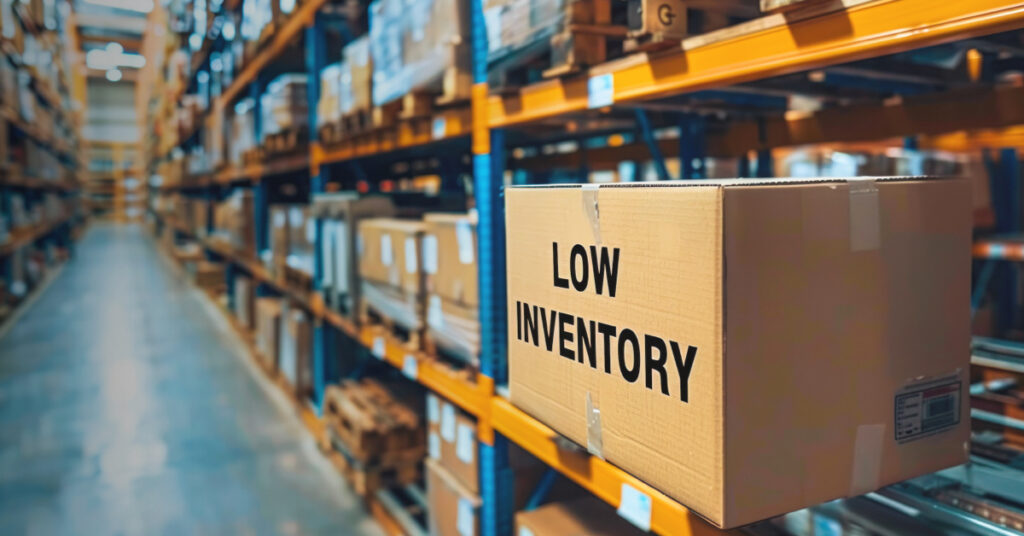As we recently reviewed, Amazon has been making changes to their fee structures. One of the most noteworthy is their low-inventory fee policy. Amazon has listened to the feedback from sellers of all sizes and has adjusted the policy recently. Here’s what you need to know to make sure you’re not blindsided by the updates.
Amazon Low Inventory Fees Updates in Short
If you’re pressed for time, here are the key takeaways from this update:
- The transition period before Amazon implements Low Inventory Fees is extended to May 14.
- The fee will not apply to products that have sold less than 20 units in the past seven days.
- Fees incurred due to excessive inbounding and processing times caused by Amazon or Amazon-managed services will be credited back to the seller.
- There will be a time-bound exception on low-inventory-level fees for products that are included in Prime-exclusive Lightning Deals and Best Deals.
Your Questions about Amazon’s Low-Inventory Fees Policy Answered
Sellers rightly brought up that low inventory can be out of their control, especially when products are selling well and selling quickly. With that in mind, Amazon addressed some of the most common circumstances when this would likely happen. This way everyone can differentiate when stock is low because of sales or actual low inventory that will incur fees.
Discontinuing Products
There are times that sellers are actively looking to lower their inventory because they’re discontinuing products. If this is the case for you, Amazon recommends selling through your remaining inventory within six weeks. This will be helpful because the low inventory fee does not apply to products that have sold less than 20 units in the past 7 days. This, in turn, lowers the risk of it being charged for end-of-life inventory when your sales volume reduces.
Seasonal Products
Other problems arise when considering products following seasonal trends. To prevent any misunderstandings, Amazon recommends that you bring sufficient inventory into the Amazon network to meet your peak-season demand at least four weeks before your peak-season start to ensure that you have high historical days of supply metrics during your peak season. After peak season, if you intend to sell your seasonal product year-round, consistently inbound to maintain more than 28 days of inventory supply for your post-peak season sales. Otherwise, follow the discontinuing process and sell through within six weeks.
Prime Day
If you’re capitalizing on the biggest selling day of the year, the low-inventory-level fee is less likely to affect you before and during Prime Day. This is because the fee considers long-term (past 90 days) inventory performance.
As a rule, Amazon recommend that you bring enough inventory into the Amazon network to meet your deal demand at least for weeks in advance of your deal event starting to ensure that you have a high historical days of supply metric to avoid the low-inventory-level fee while your deals are running. Otherwise, sell through within six weeks.
For Prime Day 2024, Amazon is providing a one-time exception for the low-inventory-level fees for products that have Prime-exclusive Lightning Deals and Best Deal. This one-time exception will apply for the four weeks following Prime Day.
Inbound Delays
For normal receive and processing time, you’re less likely to incur the low-inventory-level fee as the fee considers long-term (past 90 days) inventory performance. For excessive inbound delays caused by Amazon or Amazon-managed services, such as Partnered Carrier Program and Amazon Global Logistics, Amazon will proactively credit you back if the low-inventory-level fees are charged. To qualify for the credit, you must prepare your shipments for on-time pickup for Amazon-managed transportation services and provide accurate shipment tracking information for non-Amazon managed transportation services. The credit back will occur the following month from when the fee was incurred (for example, May charges with excessive inbound delays will be credited back in June).





